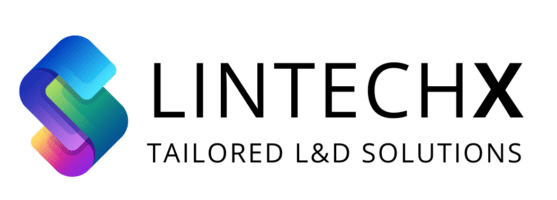- Blog
- Boost Employee Productivity
- Written by Hofit Ben Atar Peleg

Boost Employee Productivity: Practical Training Programs for Measurable Results
Employee productivity is a fundamental determinant of organisational success. Robust research indicates that effectively designed training programs significantly enhance workforce productivity. This article provides HR and Learning & Development (L&D) leaders with evidence-based strategies for designing impactful training programs that improve employee performance and deliver measurable returns.
- Personalised Learning: Tailored Training for Enhanced Outcomes
Research by Deloitte emphasises that personalised learning strategies, which adapt training content to individual learning preferences and career objectives, improve employee performance and satisfaction. Such targeted approaches are proven to optimise learning efficacy and facilitate practical skill application.
Best Practice (KPI): Implement personalised learning plans linked to defined performance metrics, monitoring skill acquisition and application effectiveness. Encourage employees to set and track personalised developmental goals systematically, fostering ongoing motivation and continuous professional growth.
Just-in-Time Training: Maximizing Impact at the Moment of Need
Just-in-time training, extensively studied in organisational psychology, demonstrates heightened retention and practical skill application when delivered precisely when employees require specific knowledge. Healthcare organisations frequently utilise this methodology, deploying procedural updates directly to medical staff via mobile platforms, ensuring immediate applicability.
Best Practice (KPI): Establish a comprehensive, easily accessible knowledge management system comprising targeted resources like quick tutorials, short videos, and FAQs. Evaluate effectiveness by tracking real-time usage analytics, demonstrating immediate support and enhancing productivity.
Data-Driven Performance Tracking: Leveraging Analytics for Continuous Improvement
Studies by leading firms such as Amazon confirm the critical role of data analytics in measuring training effectiveness and optimising workforce capabilities. Leveraging analytics enables organisations to precisely monitor training outcomes, identify performance patterns, and proactively address skill gaps.
Best Practice (KPI): Develop interactive dashboards offering real-time insights into individual and team performance metrics, highlighting achievements and pinpointing areas needing additional support. Track measurable improvements in productivity and efficiency as key success indicators.
Ensuring Tangible Training ROI: Models and Strategies
Securing a measurable return on investment (ROI) from training initiatives remains a central challenge for L&D professionals. Employing established evaluation frameworks such as Kirkpatrick’s Four Levels and Phillips’ ROI Model offers structured methodologies for comprehensively assessing training impact.
Kirkpatrick’s Four Levels Model: Comprehensive Training Evaluation
Kirkpatrick’s model evaluates training effectiveness systematically across four critical dimensions—reaction, learning, behavior, and business results. Leading organisations, including Microsoft, regularly employ this model to verify comprehensive training effectiveness across all evaluation levels.
Best Practice (KPI): Systematically collect immediate post-training feedback to evaluate learner reactions, subsequently monitoring knowledge acquisition, behavioral changes, and tangible business outcomes.
Phillips’ ROI Model: Financial Impact Evaluation
The Phillips ROI model expands Kirkpatrick’s framework by quantifying the financial return of training interventions. Global firms like SAP apply this rigorous economic analysis to substantiate and strategically guide L&D investments.
Best Practice (KPI): To quantify precise financial returns, implement comparative analysis using control groups (trained vs. non-trained employees). Clearly demonstrate measurable productivity, sales, or cost-efficiency improvements attributable directly to training programs.
Real-Life Application and Continuous Feedback
Research, including best practices from companies like Google, indicates that immediate application of learned skills and continuous feedback loops substantially elevate training ROI. Hands-on experiential learning and structured ongoing feedback mechanisms significantly enhance skill retention and practical performance.
Best Practice (KPI): Establish structured post-training peer discussion forums for continuous practical support, measuring improved skill application and team productivity as direct outcomes.
Share :

Hofit Ben-Atar Peleg
Learning expert | L&D strategist | Content creator
Recent Post
-
Transform Your Team’s Performance with These 5 Game-Changing Learning Strategies!29 Mar 2025
-
Embracing Growth: Trends Shaping the Future of Learning & Development29 Mar 2025
-
Unlock Team Resilience with Emotional Intelligence and Soft Skills29 Mar 2025
-
Effective Onboarding: Setting New Employees Up for Long-Term Success29 Mar 2025
-
Empower Organizational Growth with Proven DIY Learning Strategies29 Mar 2025
-
Unlock the Power of Well-Designed Learning Products: Elevating Engagement and Comprehension29 Mar 2025

